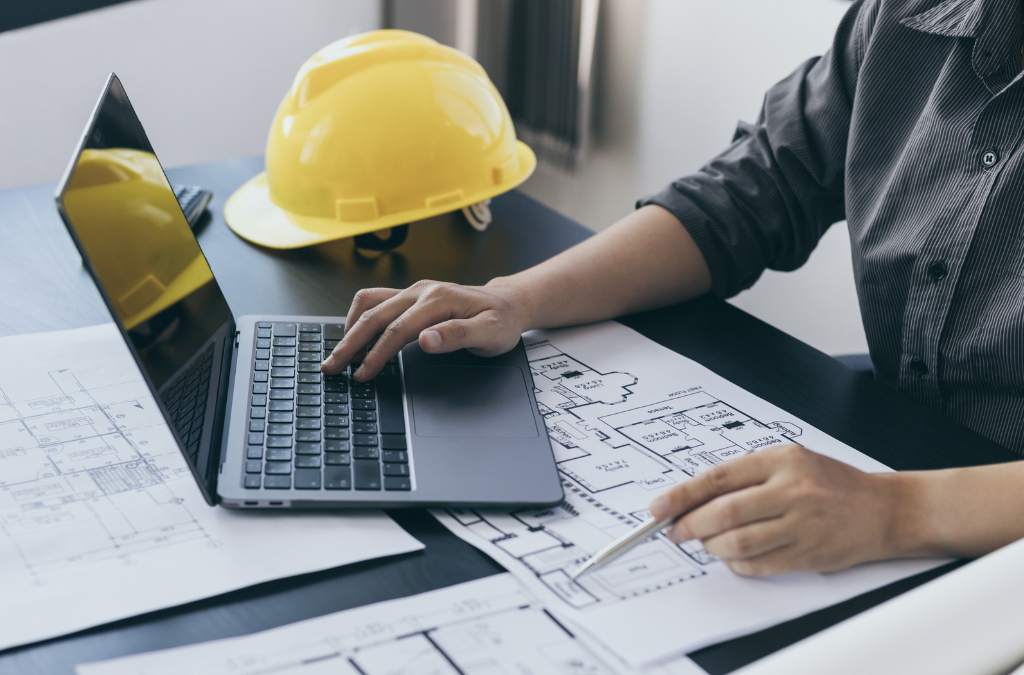-
Table of Contents
How Architect are Redefining Urban Landscapes
Urban areas are undergoing a significant transformation, driven by innovative architectural practices. Architects are at the forefront of this change, reimagining how cities function and how people interact within them. This article explores the various ways architects are reshaping urban environments, providing valuable insights and examples to illustrate these advancements.
Embracing Sustainable Design
Sustainability has become a cornerstone of modern architecture. Architects are increasingly focusing on creating buildings that minimize environmental impact. This includes the use of renewable energy sources, sustainable materials, and designs that reduce energy consumption.
- Green roofs and walls
- Solar panels and wind turbines
- Energy-efficient building materials
One notable example is the Bosco Verticale in Milan, Italy. These residential towers are covered in trees and plants, which help to improve air quality and reduce the urban heat island effect. This project demonstrates how integrating nature into urban design can create healthier living environments.
Promoting Mixed-Use Developments
Mixed-use developments are becoming increasingly popular as they combine residential, commercial, and recreational spaces within a single area. This approach encourages a more vibrant and dynamic urban experience, reducing the need for long commutes and fostering a sense of community.
The Hudson Yards project in New York City is a prime example. This development includes office spaces, residential units, retail stores, and public parks, all within a walkable distance. By blending different functions, architects are creating more cohesive and livable urban spaces.
Revitalizing Public Spaces
Public spaces play a crucial role in urban life, serving as gathering points for social interaction and community activities. Architects are reimagining these areas to make them more accessible, inclusive, and engaging.
The High Line in New York City is a successful case study. This elevated park, built on a disused railway track, has transformed an underutilized space into a popular urban oasis. It features walking paths, gardens, and art installations, attracting millions of visitors each year.
Incorporating Smart Technology
Smart technology is revolutionizing urban design. Architects are integrating advanced systems to enhance the functionality and efficiency of buildings and infrastructure. This includes smart lighting, automated climate control, and data-driven urban planning.
- Smart grids for energy distribution
- Intelligent transportation systems
- IoT-enabled building management
Songdo International Business District in South Korea is a leading example of a smart city. The entire district is equipped with cutting-edge technology, from waste disposal systems to traffic management, making it one of the most advanced urban areas in the world.
Fostering Social Equity
Architects are increasingly aware of the need to address social equity in urban design. This involves creating spaces that are accessible and beneficial to all members of society, regardless of their socioeconomic status.
The 11th Street Bridge Park in Washington, D.C., aims to connect disparate communities by transforming an old bridge into a public park. This project includes recreational facilities, educational programs, and cultural events, promoting inclusivity and social cohesion.
Adapting to Climate Change
Climate change poses significant challenges to urban areas. Architects are developing adaptive designs to mitigate the impacts of extreme weather events and rising sea levels. This includes flood-resistant buildings, elevated structures, and resilient infrastructure.
In the Netherlands, the Floating Pavilion in Rotterdam showcases innovative solutions for flood-prone areas. This floating structure can adapt to changing water levels, providing a model for future urban developments in vulnerable regions.
Enhancing Mobility and Connectivity
Efficient transportation systems are vital for the functioning of urban areas. Architects are designing infrastructure that promotes seamless mobility and connectivity, reducing congestion and improving accessibility.
- Pedestrian-friendly streets
- Integrated public transit networks
- Bicycle lanes and bike-sharing programs
The Copenhagen City Ring Metro is an example of how modern transit systems can enhance urban mobility. This fully automated metro line connects key areas of the city, providing a fast and reliable mode of transportation for residents and visitors.
Preserving Cultural Heritage
Architects are finding ways to preserve cultural heritage while accommodating modern needs. This involves restoring historic buildings, integrating traditional design elements, and creating spaces that reflect the cultural identity of the community.
The Louvre Abu Dhabi is a striking example. This museum combines contemporary architecture with traditional Arabic design, creating a space that honors the region’s cultural heritage while serving as a modern cultural hub.
Conclusion
Architects are playing a pivotal role in redefining urban environments. Through sustainable design, mixed-use developments, revitalized public spaces, smart technology, social equity, climate adaptation, enhanced mobility, and cultural preservation, they are creating cities that are more livable, resilient, and inclusive. These innovative approaches are shaping the future of urban living, offering new possibilities for how we interact with our built environment.
